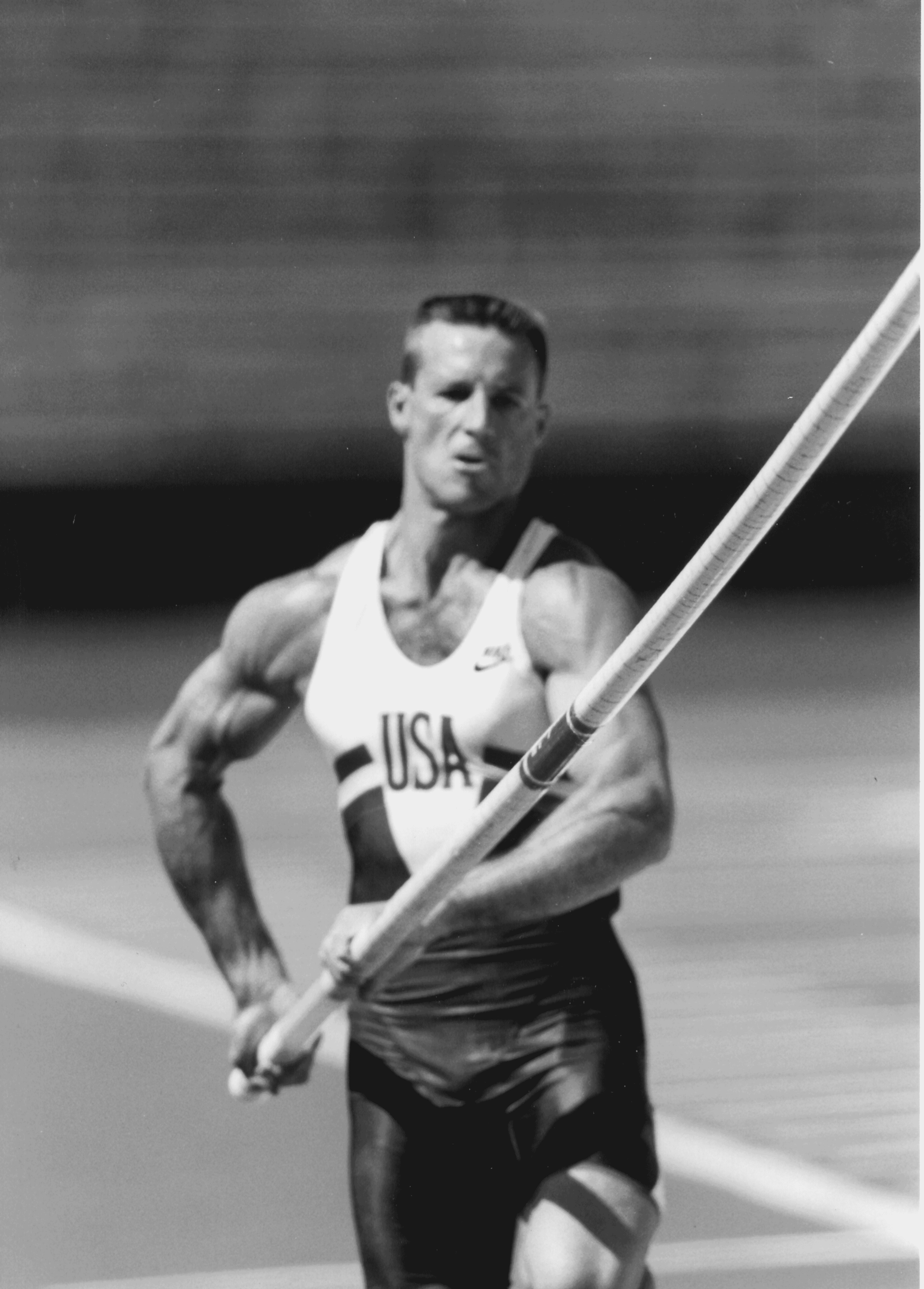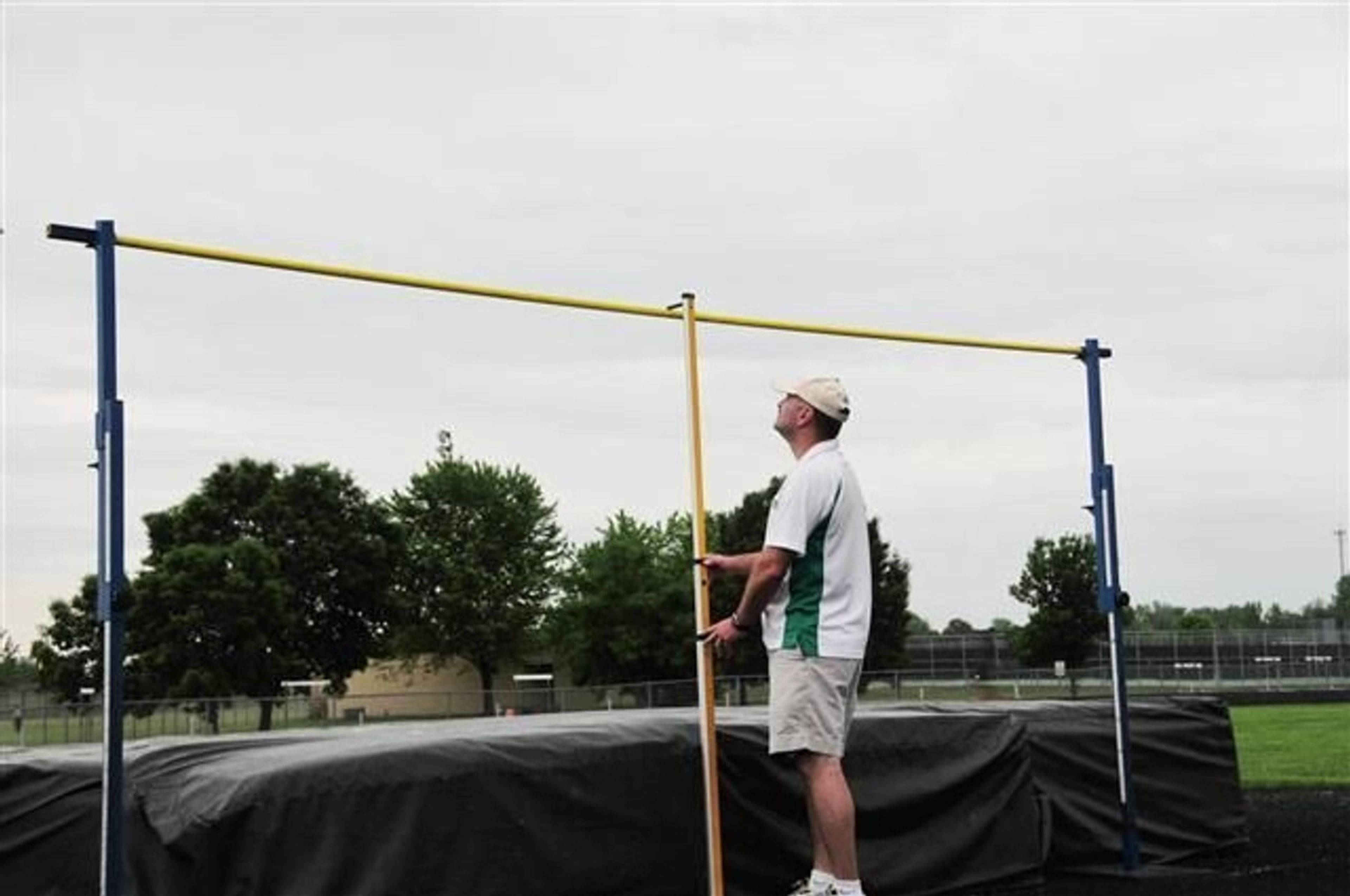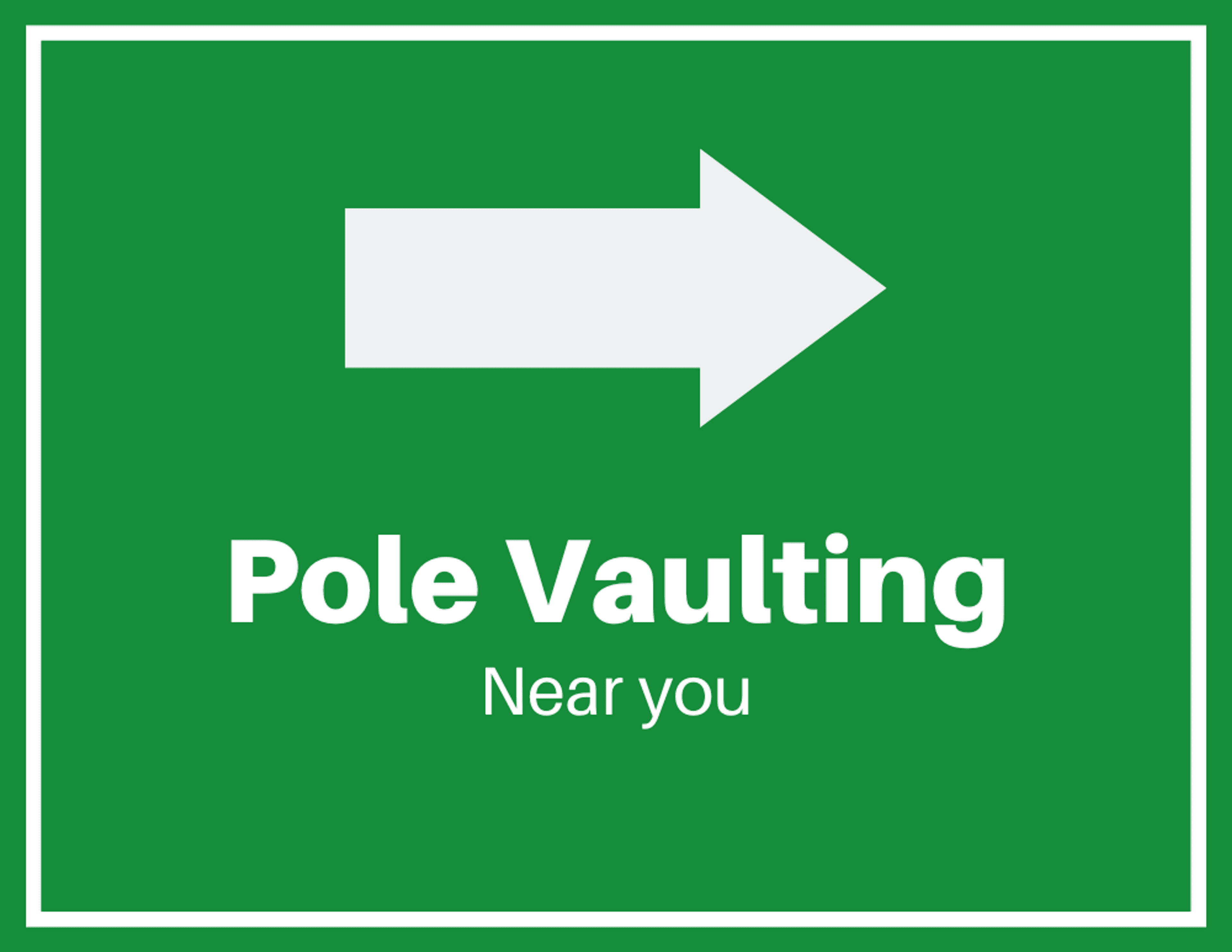How to Choose Your Starting Height in Pole Vault Competitions
Master your starting height strategy. Learn how to boost confidence, adapt to conditions, and conserve energy with insights from high school to elite.
Choosing your starting height in pole vault competitions is a critical decision that can determine your overall success, confidence, and ability to reach peak performance. As a current high school coach, and former collegiate and professional vaulter, you often see athletes make their own poor choices here. The strategy for selecting a starting height evolves as athletes progress from high school to collegiate and elite levels, taking into account factors like technical mastery, competition stakes, and even weather conditions.
This article explores effective strategies, insights, and real-world examples to help pole vaulters at any level maximize their performance.
The Importance of Choosing the Right Starting Height
The decision to choose a starting height can make or break a pole vault competition. The right starting height builds confidence, allows for technical adjustments, and minimizes the risk of "no-heighting" (NH). Here's why it matters:
Confidence and Rhythm Building
Starting at a height you consistently clear in practice helps you build momentum and reduce competition anxiety. High school vaulters may start two feet below their personal record (PR) to ensure they can establish a rhythm and adjust as necessary.
Adaptability to Conditions
Weather conditions play a major role in outdoor competitions. If conditions are poor, such as wind or rain, starting at a lower height provides a safety net. As one user pointed out, "If warm-ups were terrible, you want to start low to give yourself as much opportunity to be successful."
Progressive Bar Management
Successful pole vaulters manage their energy efficiently throughout a competition. Skipping bars strategically, especially if you're "on that day," can conserve energy for more difficult attempts. This is critical at elite levels, as evidenced by vaulters like Mondo Duplantis, who work through several heights before attempting world records.
High School to Professional Level Progressions
High School Progression
Starting Height Strategy: In high school, starting about two feet below your PR is recommended. High school vaulters often deal with technical inconsistencies and competition anxiety, making lower starting heights a safer choice.
Smaller Increments: Progressions typically range from 3-6 inches (roughly 7.5-15 cm). Clearing 5-6 bars can span a height range of 2-3 feet, providing ample opportunity for technical adjustments.
Example Insight: "A high schooler should come in roughly 2 feet under their PR. If you are compelled to skip a bar because you're on that day, go ahead. The goal is to jump as high as possible."
Collegiate Progression
Moderate Increments: Collegiate athletes typically see height progressions of 6-8 inches (15-20 cm) or more. This means clearing 5-6 bars could result in a height gain of 3-4 feet.
Technical Mastery and Strategy: College vaulters have more refined techniques, which allows for a strategic approach to managing their attempts. Athletes may skip bars to conserve energy and focus on higher clearances.
Elite/Professional Progression
Larger Increments: At the elite level, height progressions may be as small as 2-4 inches (5-10 cm), depending on the competition format. For vaulters like Mondo Duplantis, 5-6 bars could cover a relatively narrow height range, such as 5.70m to 6.25m which is what we saw in the Paris Olympics.
Energy Conservation: Professional vaulters focus heavily on maximizing efficiency and saving energy for peak attempts. Skipping bars is a common strategy to ensure their best performance at critical heights.
Real-World Example: Mondo Duplantis and Sam Kendricks
Both Mondo Duplantis and Sam Kendricks exemplify the importance of bar management and height progression. They often clear multiple heights before making record attempts to build confidence, refine their technique, and ensure peak performance when it matters most. For example, in the Paris olympics where Duplantis set a world record at 6.25m, he warmed up, jumped 5 bars in the competition, gradually building up to the WR attempt his 6th height of the day.
Key Factors Influencing Starting Heights
Warm-Up Quality
The quality of your warm-up plays a crucial role in determining your starting height. If warm-ups are strong and consistent, you might choose to start closer to your target height. Conversely, if warm-ups are shaky, starting lower allows for technical adjustments before reaching challenging heights.
Weather Conditions
Outdoor competitions bring unpredictable elements like wind and rain. Starting lower in poor conditions reduces the risk of NH and provides more chances to adjust.
Goal-Oriented Strategy
The goal of every pole vaulter is to jump as high as possible. The decision to skip bars, start lower, or push boundaries depends on your confidence, energy levels, and the competitive stakes.
Expert Insights for Pole Vaulters
Building Momentum: Starting low allows you to build confidence, establish a rhythm, and reduce anxiety. Confidence is crucial, especially for high school and collegiate athletes.
Skippable Bars: Skipping bars is a strategic decision, especially if you're performing well. However, you can only move forward, not backward, so starting too high carries risks.
Energy Management: Each jump demands energy, so choosing when to skip bars and when to clear them ensures peak performance during critical attempts.
Conclusion
The choice of a starting height in pole vault competitions is a blend of strategy, psychology, and adaptability to conditions. Whether you're a high school athlete refining your technique, a collegiate vaulter managing energy and performance, or a professional seeking record-breaking heights, the approach must be tailored to your needs. By understanding your strengths, the competition environment, and your goals, you can maximize your chances of success, jumping higher and more confidently than ever before.









